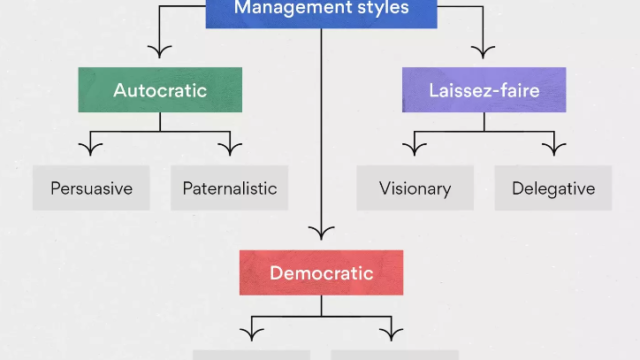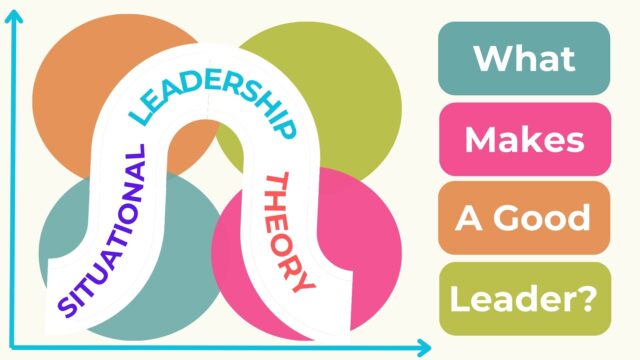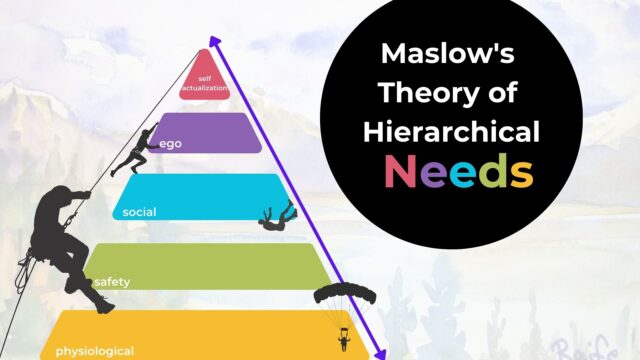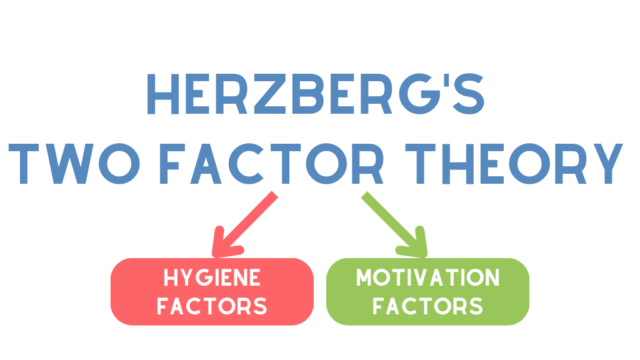McGregor’s Theory X and Theory Y: A Choice Between Black and White?
McGregor’s Theory X and Theory Y: A Choice Between Black and White?
Douglas McGregor's Theory X and Theory Y are revolutionary concepts in organizational psychology and management, offering contrasting perspectives on employee motivation. Theory X posits that employees inherently dislike work and need strict supervision, coercion, and threats to be productive. Conversely, Theory Y asserts that employees find work as natural as play or rest and can be self-directed and motivated if committed to their goals. These theories are vital for managers and trainers to understand and shape their management styles effectively, with real-world applications seen in various business environments, from strict software development firms to creative, autonomous teams.
Brief Background: American social psychologist Douglas McGregor transformed how businesses see and handle employee motivation. The creation of Theory X and Theory Y, which has had a substantial impact on both managerial practice and management research, is his most important contribution to management theory and organizational psychology.
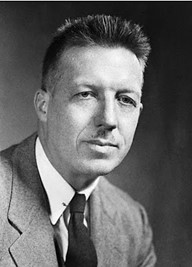
Research or Need: Traditional management techniques generally depended on direct supervision and control until McGregor's Theory X and Theory Y were developed, ignoring the unique requirements and motivations of employees. As a result of seeing this gap, McGregor created his theories to offer a fresh look at how people behave at work and to promote a more holistic, empathetic, and effective management style.
Summary: Two contrasting theories concerning how individuals behave at work are McGregor's Theories X and Y. According to Theory X, workers detest their jobs by nature and will do anything to avoid them. The argument is that in order to ensure that they fulfill their obligations at work, compulsion, threats, and punishment should be utilized. However, Theory Y contends that work is as natural to people as play or rest and that if employees are devoted to their goals, they can be self-directed and driven to achieve them. This paradigm encourages delegation and decentralization and places more emphasis on self-discipline and self-direction than it does on compulsion.
Importance in the Field: Organizational psychology and management have undergone a fundamental shift as a result of McGregor's Theory X and Theory Y. The traditional view of employee motivation and management style was questioned by these theories, which prompted managers to investigate the intrinsic motivation of their staff members. This encouraged a more efficient and considerate approach to managing people within businesses.
Real-life Example:
- A software development firm that adheres to Theory X may employ strict deadlines, ongoing supervision, and the threat of job termination as incentives for developers to accomplish their goals.
- In contrast, a business that adopts Theory Y can grant developers freedom over their projects, giving them chances for advancement and innovation. They have faith in the independence of their developers and reward them for their innovation and problem-solving skills.
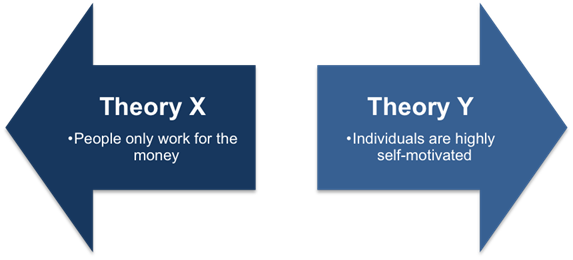
Relevance for Trainers: Given that they present conflicting viewpoints on human motivation and behavior, McGregor's ideas are essential in the teaching of management and leadership. These theories can be used by trainers to help managers understand the effects of their management style on the output, morale, and motivation of their workforce. The ideas emphasize the significance of fostering an atmosphere at work that values and fosters people's inherent motivation and potential in order to increase job happiness and productivity.
Relevance for Organizations: McGregor's theories X and Y cover a wide range of management and organizational function topics. The ideas give management a lens through which to examine and understand employee behavior, which in turn affects their management approach.
- The work environment in businesses that adhere to Theory X is one that mainly relies on monitoring, control, and frequently punitive measures since procedures and rules are created with the presumption that workers are naturally lazy and unmotivated.
- Organizations that adopt Theory Y ideas, on the other hand, frequently develop a more empowering and engaging workplace. They create systems that support autonomy, creativity, and personal development because they think that workers are self-motivated and find happiness in their work. They frequently attain greater levels of worker satisfaction and productivity by doing this.
In summary, McGregor's theories serve as a reminder to businesses about the significance of their fundamental beliefs about human nature and behavior and how these beliefs affect their management strategy and overall organizational culture. The performance of the organization can be considerably impacted by understanding and selecting the appropriate strategy for the employees' motivation, job happiness, and productivity.
References:
1) McGregor, D., Cutcher-Gershenfeld, J. E. (2008). The human side of Enterprise. McGraw-Hill Professional.
2) McGregor, D., Bennis, W. G., & Schein, E. H. (1983). Leadership and motivation: Essays of Douglas McGregor. M.I.T. Press.
3) McGregor, D. (1970). The professional manager. McGraw-Hill.
Downloads
Founder
Related Topics
McGregor’s Theory X and Theory Y: A Choice Between Black and White? 0 reviews
Login to Write Your ReviewThere are no reviews yet.



